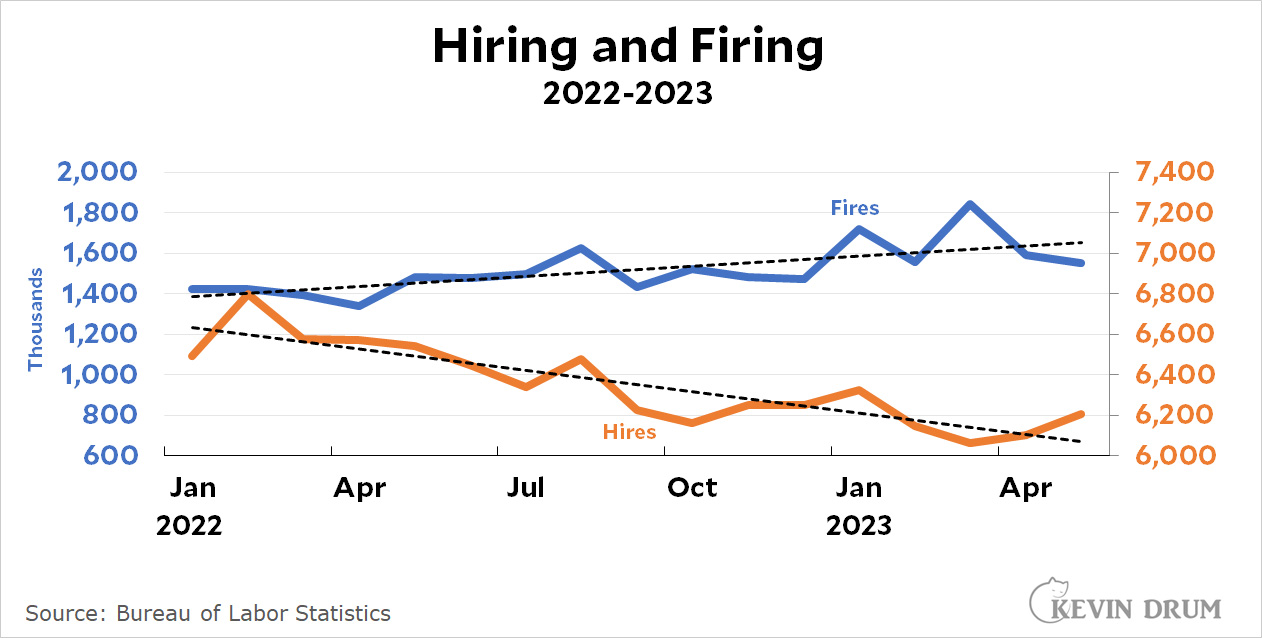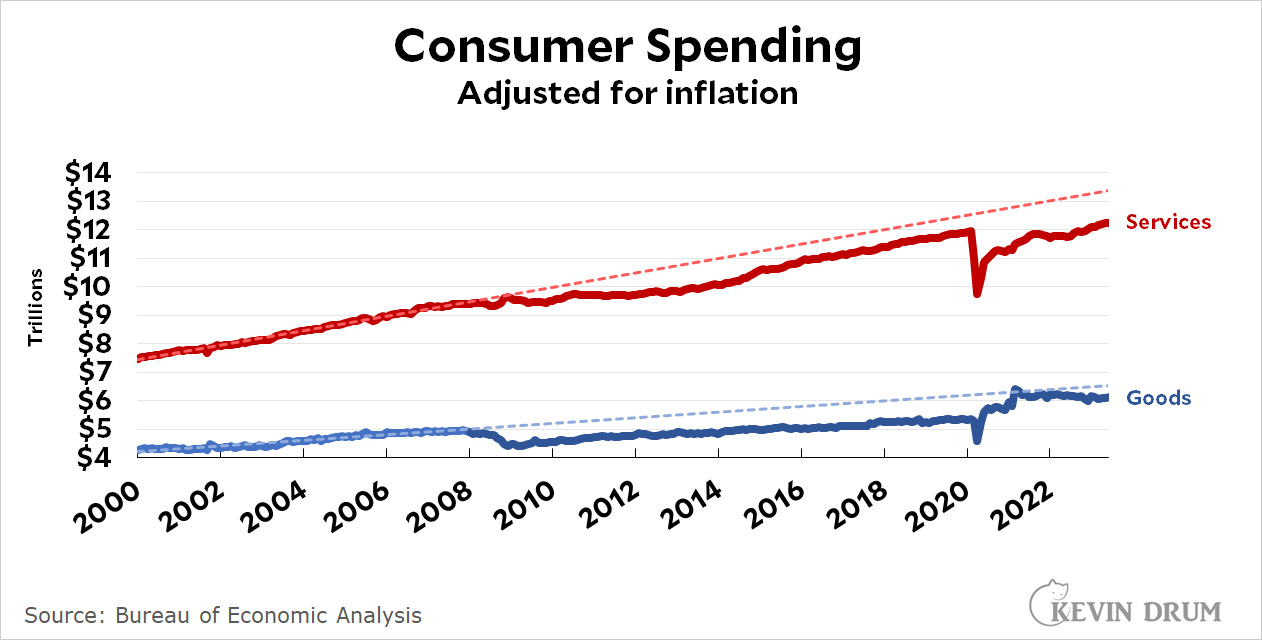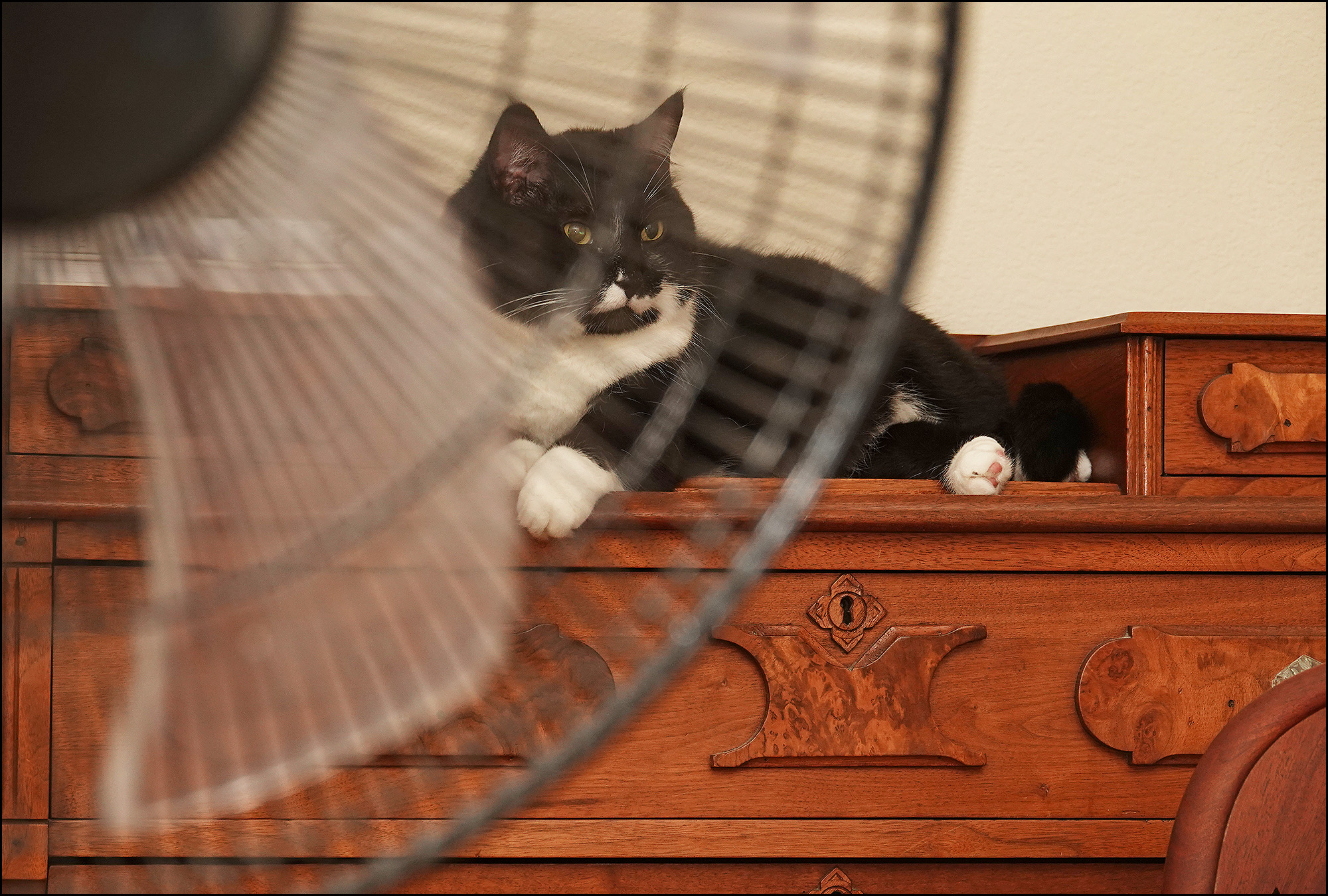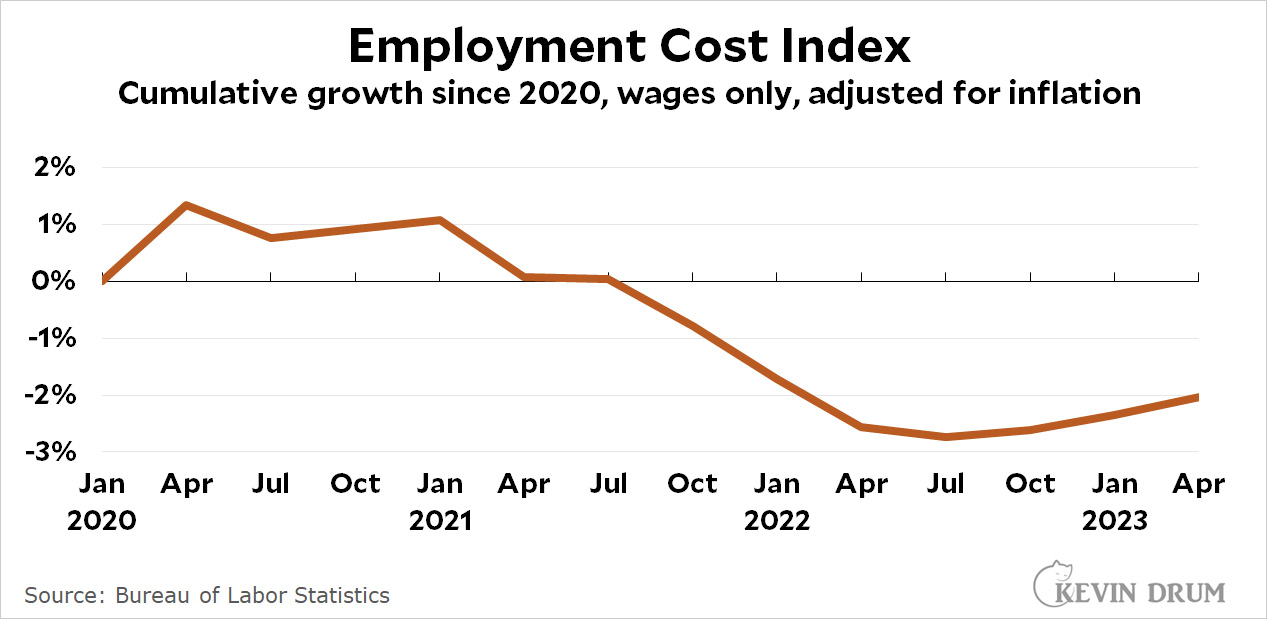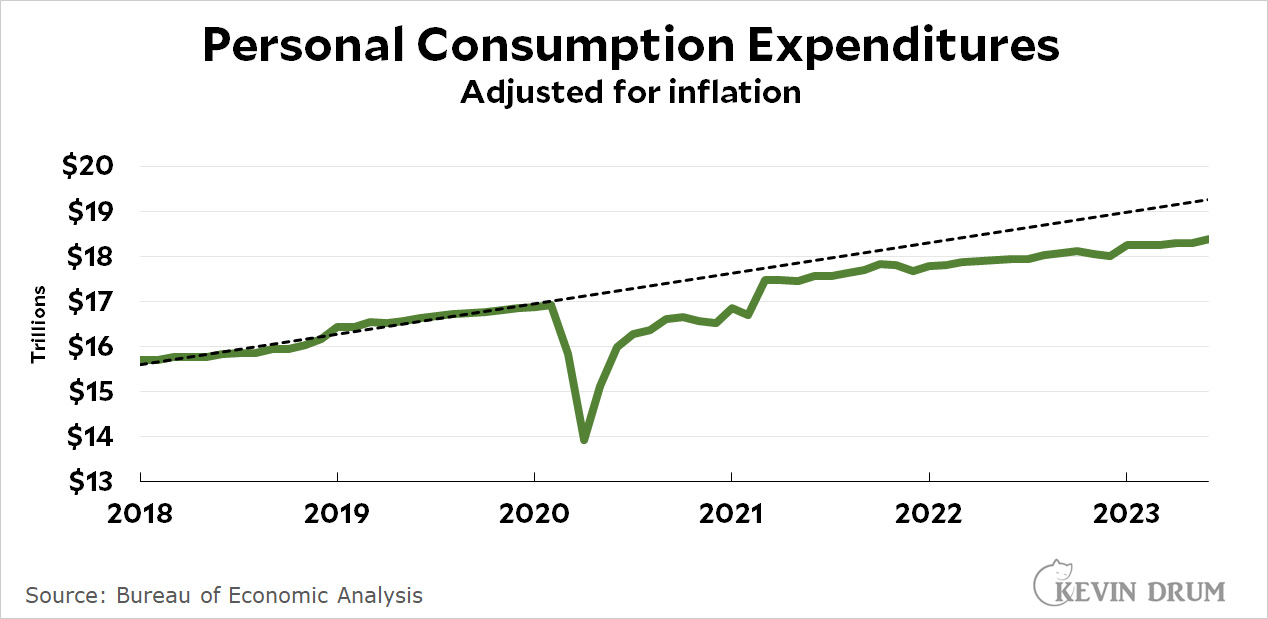Back in March 2020, just as COVID-19 was hitting American shores, a team of researchers published a highly influential article titled "The Proximal Origin of SARS-CoV-2." It argued that the evidence was strongly in favor of a natural origin of the virus, and while a lab leak couldn't be completely disproven there was no evidence to support it. "We do not believe that any type of laboratory-based scenario is plausible," the paper says, although "More scientific data could swing the balance of evidence to favor one hypothesis over another."
Recently, a huge trove of internal Slack conversations among the authors—written both before and after the article was published—became public. This has prompted an outpouring of claims that the authors lied in their article—mostly coming from conservatives who say the conversations show that the authors believed a lab leak was highly likely but then said the opposite for public consumption.
I had read bits and pieces of the Slack conversations and saw little more than some researchers modifying their views as more data became available. But an awful lot of people, including some who struck me as fairly reasonable, saw dishonesty at work. So I held back on saying anything.
But last night I finally read the entire 140-page archive of Slack messages. They range from February 1, when the conversations began, through March 17, when the article was published online, to April 30. Four researchers were involved:
- Kristian Andersen, Scripps Institute
- Eddie Holmes, University of Sydney
- Andrew Rambaut, University of Edinburgh
- Robert Garry, Tulane University
Here's what I gleaned from a thorough read of the entire archive.
February 1-3
At the beginning, the researchers all agree that a lab leak is perfectly plausible and needs to be seriously considered. Here's a sampling:
Andersen: Question is - evolution or engineering? My problem is that both really rather plausible.
Garry: I still don't know if nCoV was the results of a deliberate manipulation or not.
Andersen: Bottom line is that we can't prove whether this is natural or escape.
Rambaut: If nothing else - the fact that we are discussing this shows how plausible it is.
Holmes: Bottom line is that the Wuhan virus is beautifully adapted to human transmission but we have no trace of that evolutionary history in nature. Correct?
February 17
After a couple of weeks of discussion, the researchers submit their paper to Nature. Given their current state of knowledge, the paper is carefully worded and considers both natural and lab leak ("passaging") hypotheses. They also post the paper on Virological, a discussion board for virus papers:
Rambaut: People are picking up on the fact that we don't rule out animal passaging. (which we don't because it is still plausible)
Andersen: There is no question this'll be picked up with "top scientists consider this could have come from the lab."...At this stage we unfortunately just can't rule out a potential accidental infection from the lab.
Garry: No, we can't and should not because that would have precipitated the cries of COVER-UP.
February 20
Nature rejects the paper, largely due to a very negative review from one of the referees. In an email, the editor of Nature explains:
One of our referees raised concerns (also emphasized to the editors) about whether such a piece would feed or quash the conspiracy theories. But more importantly this reviewer feels, and we agree, that the Perspective would quickly become outdated when more scientific data are published (for example on potential reservoir hosts).
"Potential reservoir hosts" refers to a rumored pangolin virus that's 99% similar to SARS-CoV-2 and therefore could be confirmation of a natural animal transmission vector. Everyone is waiting breathlessly for this to be announced, though as it turns out, it never is.
February 24-25
The main reason the researchers have continued to be concerned about a lab leak is the existence in the COVID virus of something called a "furin cleavage site." Nothing like this has been seen in any similar virus, and it's amazingly well adapted to human transmission.
However, since Nature had rejected the paper the authors continued to work on it while they looked for a different home. On February 24th Eddie Holmes discovers something big:
Holmes: See attached....Yunnan bat from 2019....Still different in the RBD but other thing is obvious. Discuss.
[The "other thing" is an insertion of four amino acids at the same location as the furin cleavage site in SARS-CoV-2.]
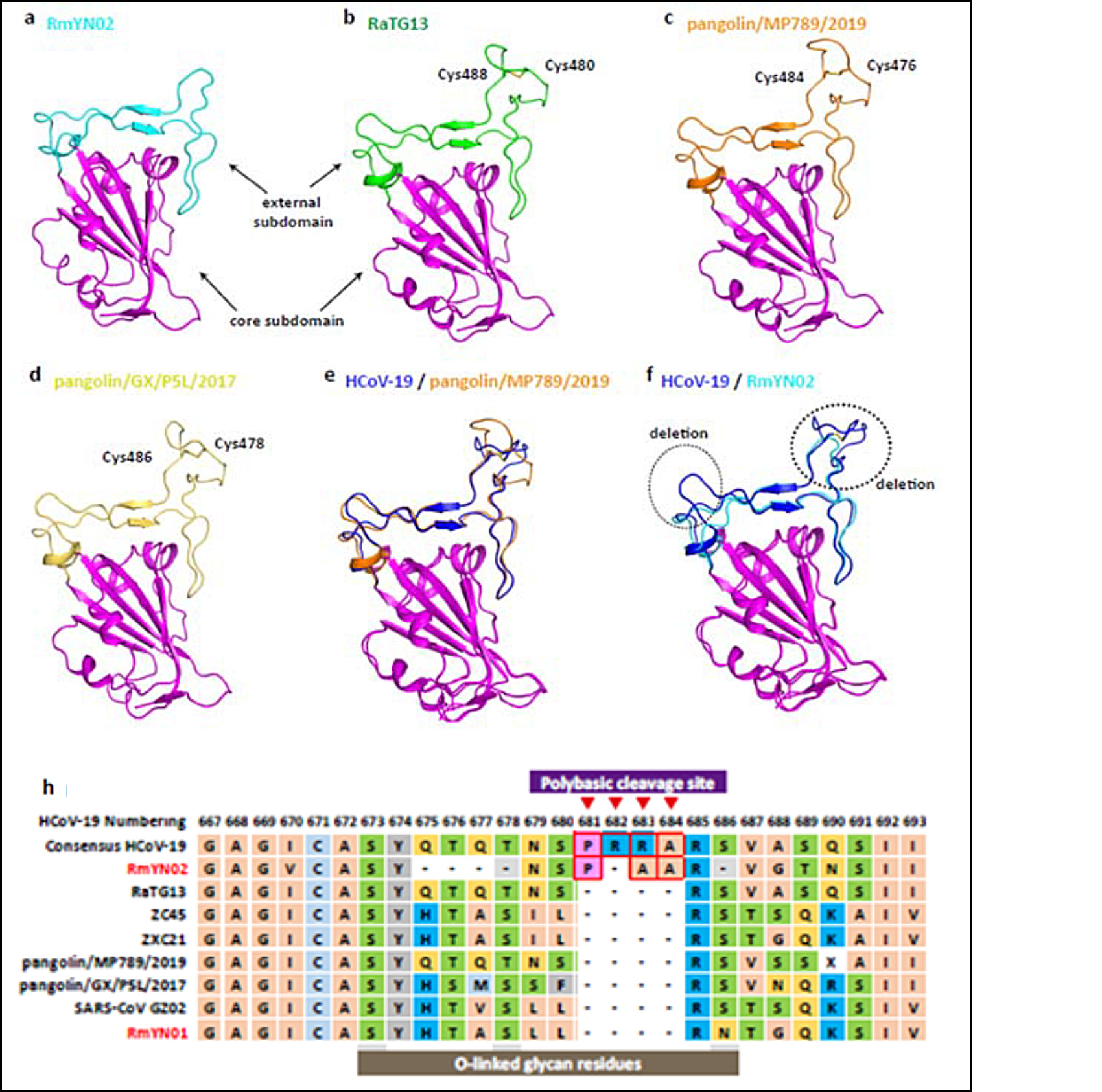 Garry: Holy crap - that's amazing.
Garry: Holy crap - that's amazing.
Andersen: I think this lends pretty strong support for an animal origin of the 'confusing' features of the virus....None of this disproves accidental lab infection, however, it shows that all the steps can occur in nature....Makes it much more likely the full furin site could have been acquired very early in humans or potentially in an intermediate host.
Holmes: I am now strongly in favor of a natural origin.
Rambaut: OK. To return to the paper - so are we going to: (1) Re-nuance it to explicitly lower our bet on the lab passaging scenario on the basis that both cleavage site insertions and the full RBD exist in nature.
Garry: Paper will get a significant upgrade.
Andersen: I'm still favoring a pre-circulation scenario and I believe the furin site could have been fully formed in humans.
April 3
The revised paper, which strongly favors a natural origin for the virus, is published online on March 17 in Nature Medicine and becomes hugely influential. This is the version that everyone has read. However, in early April Andersen comes across a 2013 paper he hadn't seen before. The authors of the 2013 paper had passaged a cow coronavirus and created a furin cleavage site:
Andersen: This whole furin site being messed with in T/C has me second-guessing myself....I don't think any of this new knowledge goes against what we said in the paper, but it does make our "definitely not passaging" argument weaker.
Garry: Yeah - definitely food for thought.
April 16-18
On April 14 the Washington Post runs a story about "secret cables" from the State Department suggesting that as far back as 2018 American officials were concerned about safety at the Wuhan labs and the possibility of a lab leak. These secret cables were soon all over the news, causing Andersen yet again to question their paper:
Andersen: But here's the issue - I'm still not convinced that no culture was involved....So are we absolutely certain that no culture could have been involved?
Holmes: Culturing in what? Why would culturing make it more human adapted?....Let's face it, unless there is a whistleblower from the [Wuhan lab] who is going to defect and live in the west under a new identity we are NEVER going to know what happened in that lab. Never.
Andersen: That's why I'm a little worried about these 'cables' - because is it possible they might have something? I'm putting all of this to typical Trump BS smoke and mirrors (and just plain idiocy), but I'm not quite willing to die on this hill.
Holmes: To me there is too long a series of implausible events to suggest inadvertent escape via lab passage. [Reasons follow.]
April 30
In late April lab leak hysteria overwhelms the media, and Andersen is finally fed up:
Andersen: So much bullshit again. I have decided I am going to die on this hill.
This is everything relevant, and I've tried to provide all the proper context—both the questioning of natural origins and the follow-up conversations. It's not cherry picked. Here's what Andersen said on Twitter a few days ago about his second guessing after the publication of the paper:
Given these reports, *any* good scientist would question their own research - is it possible we could be wrong? What are we missing? That is *exactly* what the Slack message shows - me trying to poke hole in our own arguments. And this wasn't the first time, nor the last.
So what is all of this? Scientists doing science and having private conversations - and, of course, the earlier hypotheses end up being even further supported by emerging evidence and the second-guessing of our own conclusions turned out to be nothing.
....I know that science will ultimately prevail and sanity will follow. After all, there *is* an expiration date on bullshit and we're well past due 💩. Serious journalists, take notice.
Having read everything, I agree. There's just nothing here. When the researchers were unsure of what happened, they wrote a paper that said so. Later, when new evidence became available, they revised their opinions in favor of a natural virus origin and rewrote their paper to say so.
There is no evidence at all of any of them writing something they didn't privately believe as well. None. There just isn't.
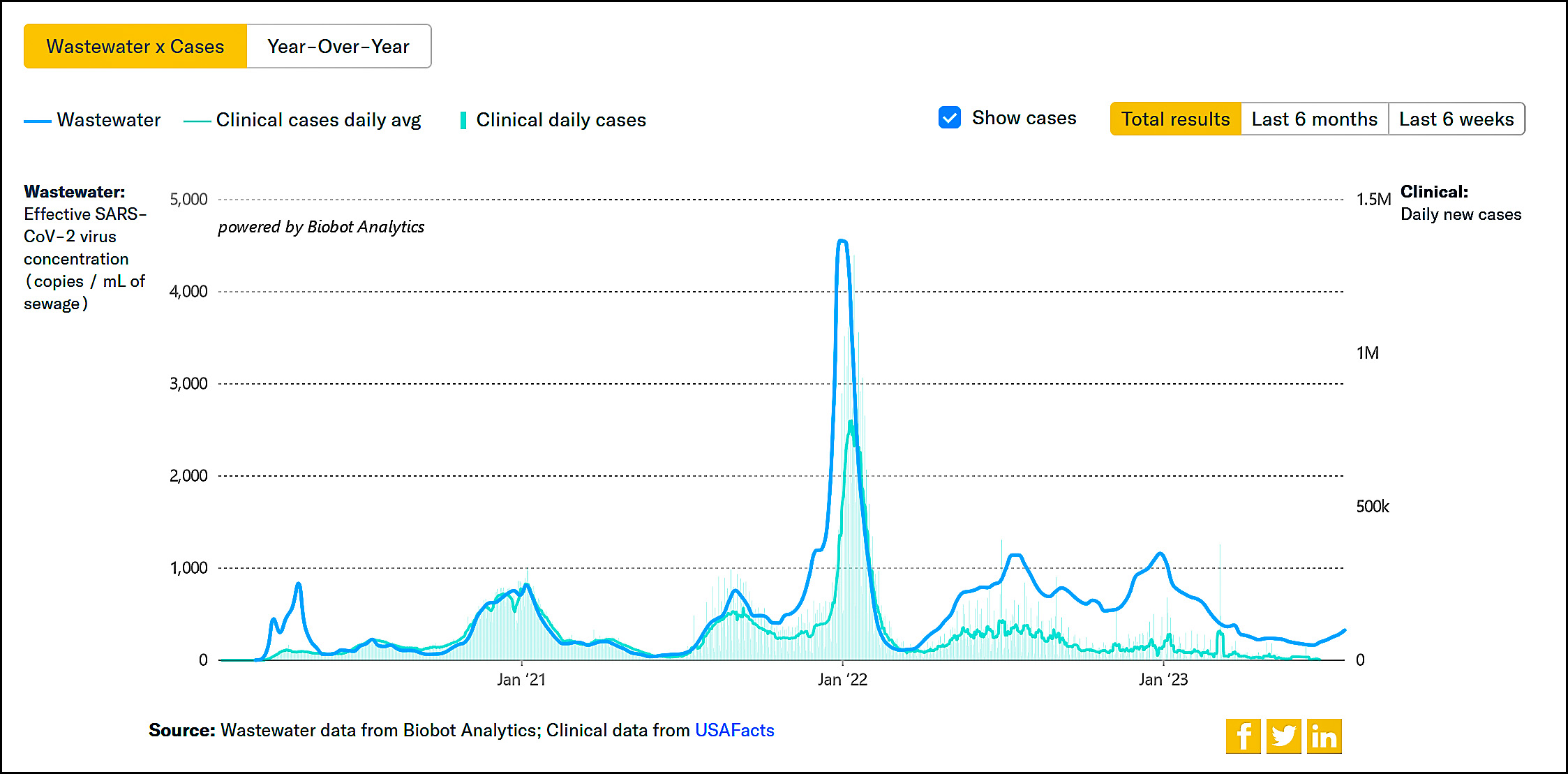 On the one hand, wastewater monitoring clearly shows only a very small rise. On the other hand, every time previously there's been a rise as big as a doubling it turns out to be just the start of a bigger rise.
On the one hand, wastewater monitoring clearly shows only a very small rise. On the other hand, every time previously there's been a rise as big as a doubling it turns out to be just the start of a bigger rise.



